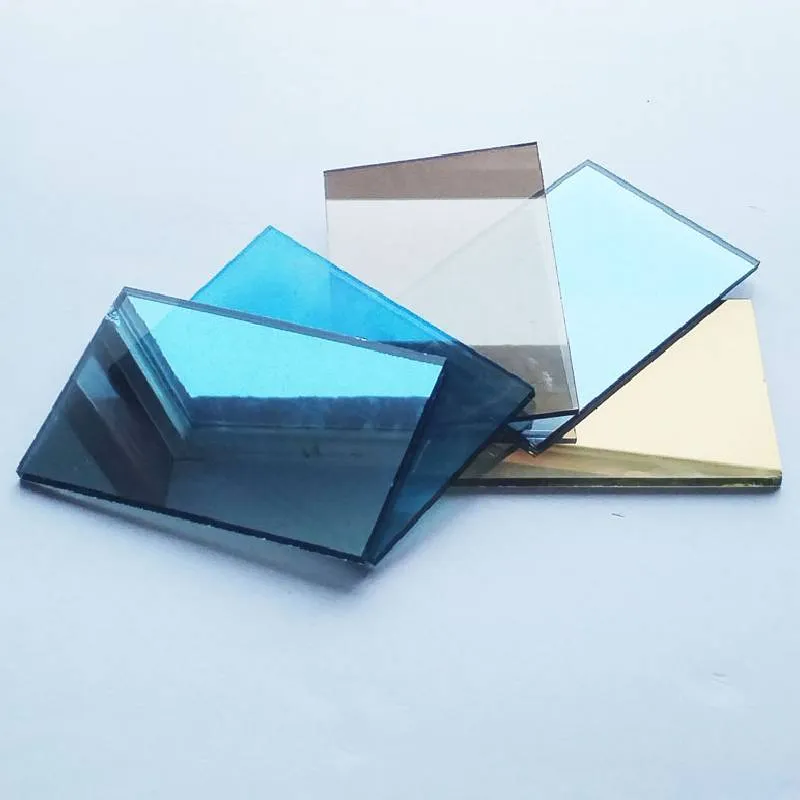സെപ് . 12, 2024 01:46
The Versatility and Benefits of Tinted Glass in Modern Architecture
In recent years, the use of tinted glass in architectural designs has gained significant popularity, transforming both residential and commercial buildings. Tinted glass refers to glass that has been treated or manufactured to have a colored or shaded finish, which not only enhances aesthetic appeal but also provides several practical advantages. As architects and builders increasingly prioritize sustainability and energy efficiency, tinted glass has emerged as a valuable component in modern construction.
The Versatility and Benefits of Tinted Glass in Modern Architecture
In addition to thermal benefits, tinted glass also enhances privacy. Many urban environments are characterized by high-density living and working conditions, where the closeness of buildings can compromise the privacy of occupants. Tinted glass helps mitigate this issue by obscuring the view into a building from the outside while still allowing natural light to pass through. This makes tinted glass an ideal choice for residential homes, offices, and even hospitals, where privacy is paramount.

Moreover, tinted glass contributes to the overall aesthetic quality of a building. With a variety of colors and shades available, architects can use tinted glass to create visually striking facades that complement the surrounding environment. Whether it’s a sleek, modern office building or a warm, inviting home, tinted glass can enhance the architectural design, providing a contemporary look that stands out. The reflective qualities of tinted glass also add dimension to structures, giving them an appearance of sophistication and elegance.
Another significant advantage of tinted glass is its potential for UV protection. Ultraviolet (UV) rays from the sun can cause fading and damage to furniture, flooring, and artwork. Tinted glass can block a substantial portion of these harmful rays, helping to preserve the interior finishes and furnishings of a building over time. This protective feature is especially beneficial in locations with high sun exposure, as it prolongs the lifespan of interior elements and reduces the need for frequent replacements.
While the benefits of tinted glass are apparent, it is essential for property owners and architects to consider the appropriate level of tint based on the specific needs of the building and its location. Different shades will offer varying degrees of light transmission and energy performance, making it crucial to select the right type for optimal results.
In conclusion, tinted glass represents a versatile and effective solution for modern architectural challenges. Its ability to enhance energy efficiency, provide privacy, contribute to aesthetic appeal, and protect interiors from UV damage makes it a valuable material in today’s architectural landscape. As we move towards more sustainable building practices, the use of tinted glass will undoubtedly continue to grow, shaping the future of architecture for years to come.
The Role of Mirror Glass in Luxury Interior Design
NewsJun.23,2025
The Best Textured Glass for Bathroom Windows
NewsJun.23,2025
Residential Glazing Energy Efficiency Requirements
NewsJun.23,2025
Float Glass Uses
NewsJun.23,2025
Clear Float Glass For Solar Panel Covers
NewsJun.23,2025
Benefits Of Using A Glass Mouse Pad Over Traditional Ones
NewsJun.23,2025